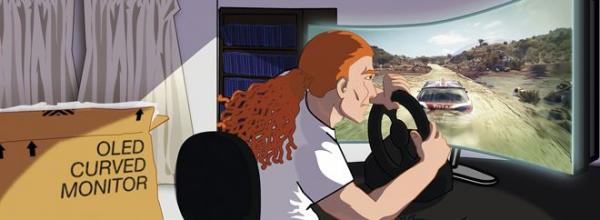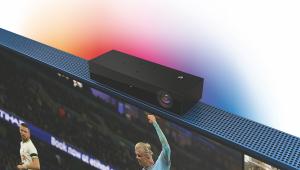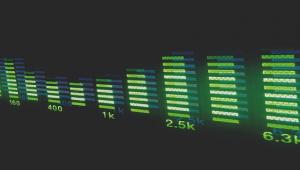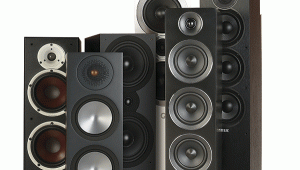Trouble with the curve

Of all the half-baked ideas that have come to home cinema over the years, CES 2013 sported perhaps the most ridiculous AV tech yet – the curved-screen TV. This is a case of technology for technology’s sake, because a curved screen for TV viewing is both pointless and completely foils all the good work put into making screens ultra-thin to hang on the wall. Hang a curved screen on the wall and you are going to have some serious wings sticking out, and that’s never a good look.
OLED allows a lot of smart display technology and I remember seeing a prototype OLED screen at CEATEC in 2004 that you could actually flex into a curve while it was showing an image. Wow, I thought... there must be a really good use for that, but damned if I can think of it. Actually, the use is likely to be in the digital signage industry. Imagine all those rounded pillars in shopping centres sporting curved screens to batter you with advertising.
But more for showboating than practicality both Samsung and LG have unveiled curved-screen TV prototypes at CES. The marketing spin that accompanies both units is even more tenuous than the concept, hyping up the wrap-around and more ‘cinema like’ viewing experience. Well, unless you are talking an IMAX, I have never been to a cinema where the screen wraps around my viewing angle. Moreover, I can’t imagine anyone sitting so close to a 55in TV screen that the curve delivers decent coverage of your peripheral vision.
Of course, most commercial cinema screens are curved and that I suspect is where the idea came from. However they are not curved for your ‘wraparound’ panoramic viewing pleasure. They are curved to keep the distance between screen and projector lens within the sharp focus range (depth of field to you camera guys) across the full width. With a very wide and perfectly flat screen the light path is much longer towards the edges than to the centre, potentially resulting in a sharp image in the middle and soft focus at the periphery.
Curved projector screens for the home address the very same issue. They are most effective if the distance from projector to screen is unavoidably short. The nearer the projector is to the screen the shorter the depth of field. The reason you don’t see curved screens in most home cinema installs in these pages is because if you get the projector at least twice as far back as the screen is wide, then the picture will be sharp from edge to edge anyway. If the image is generated by the screen itself, all this becomes rather irrelevant.
Curves in all the right placesA wraparound screen has its uses, though. My PC runs three 24in screens, the outer two angled in at 30 degrees. That’s not much use for writing, I grant you, but any games that support Eyefinity or the 5,760 x 1,200 native resolution of this three-screen matrix look pretty special. Due to the short distance to the screen, the side monitors do encompass a lot of peripheral vision and MMORPGs like World of Warcraft, or driving simulators like DiRT3, look stunning. Both games can give guest players motion sickness in minutes. Oh, how I laugh, while spinning them around so they don’t barf on the monitors.
So why didn’t our Korean TV gurus create curved PC screens rather than TVs? Something that could replace my three monitors, get rid of the bezels and create a seamless wraparound experience makes far more sense than a curved TV.
Are you excited by the concept of curved TV?
Let us know: le[email protected]
This column first appeared in the March 2013 issue of Home Cinema Choice
 |
Home Cinema Choice #351 is on sale now, featuring: Samsung S95D flagship OLED TV; Ascendo loudspeakers; Pioneer VSA-LX805 AV receiver; UST projector roundup; 2024’s summer movies; Conan 4K; and more
|






















































